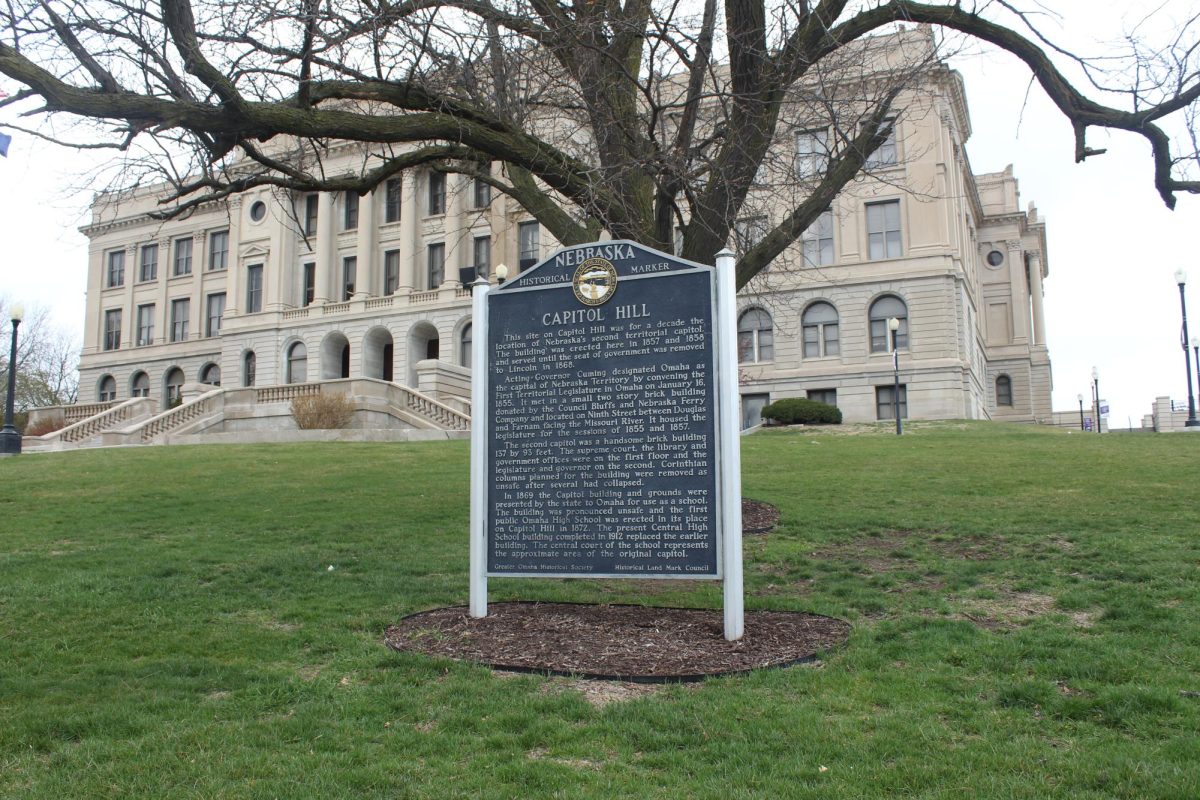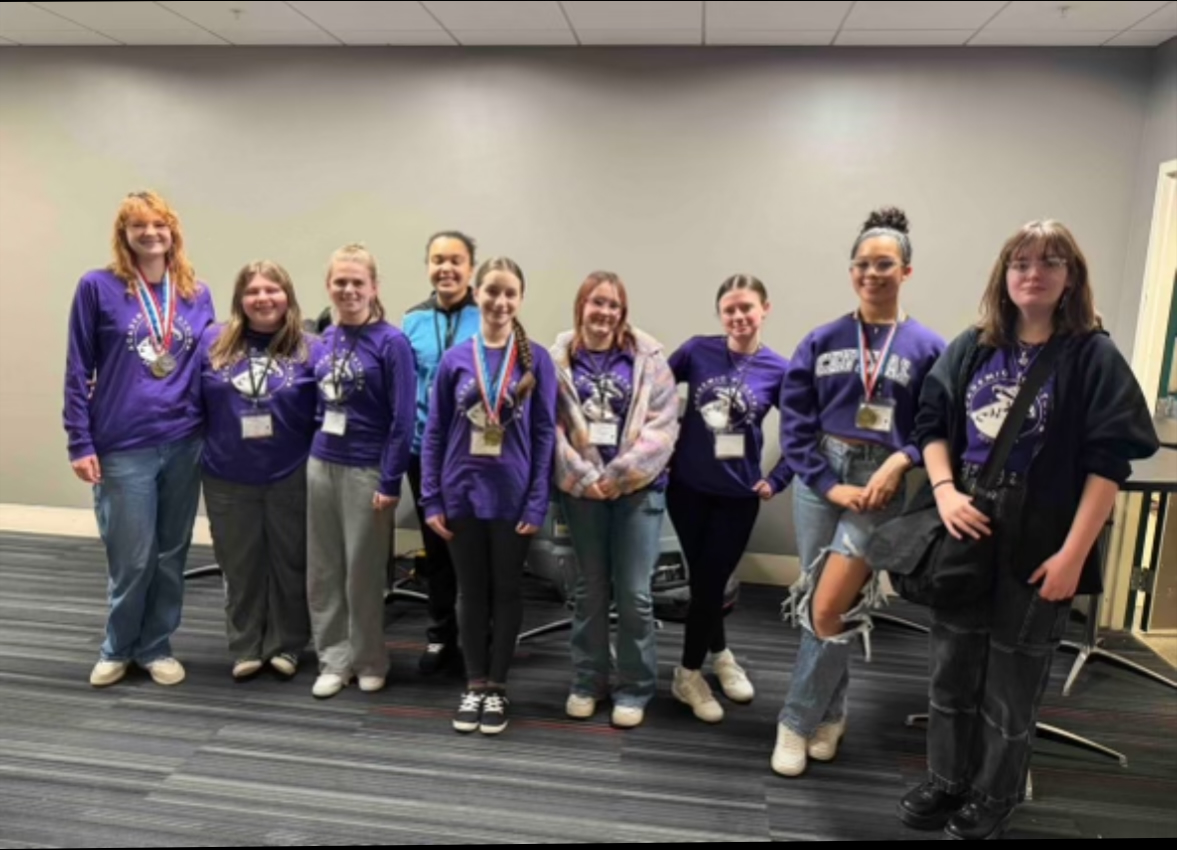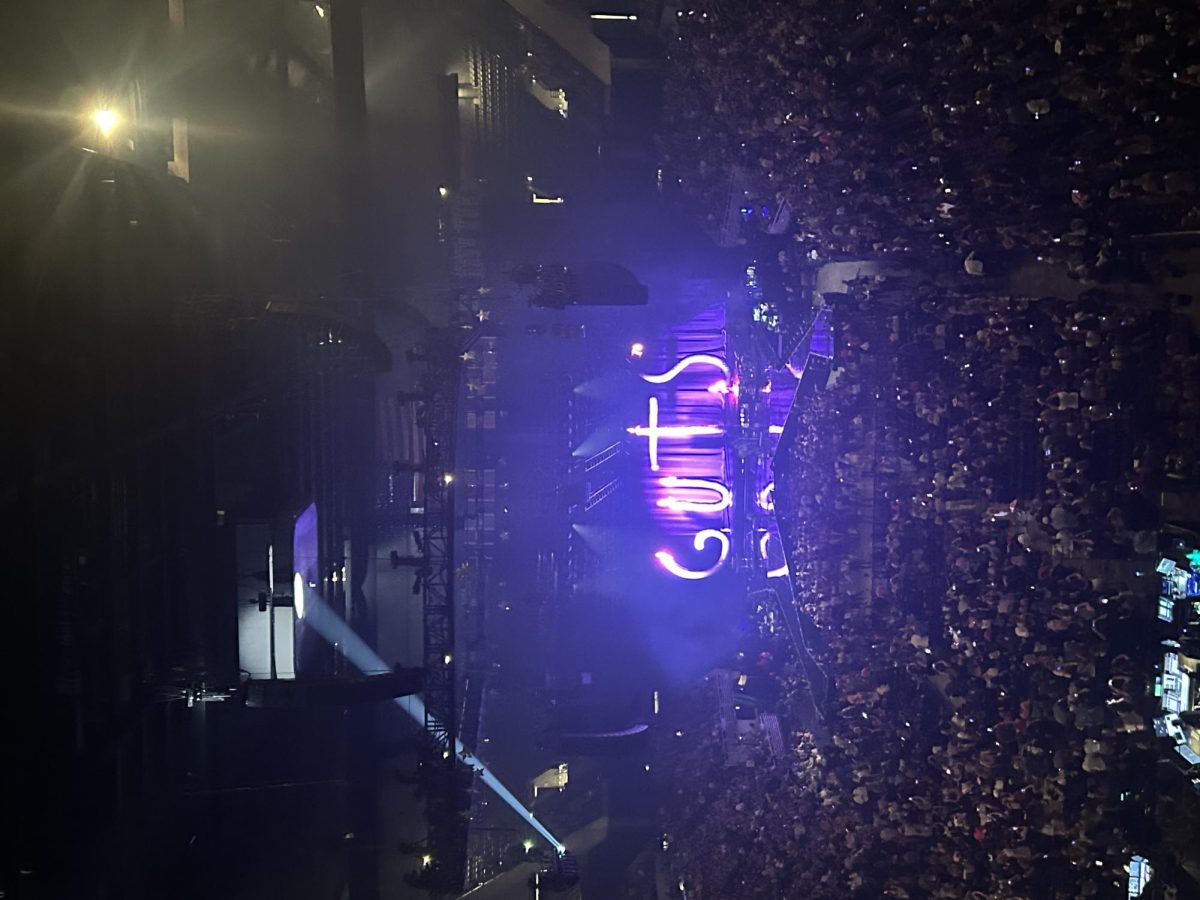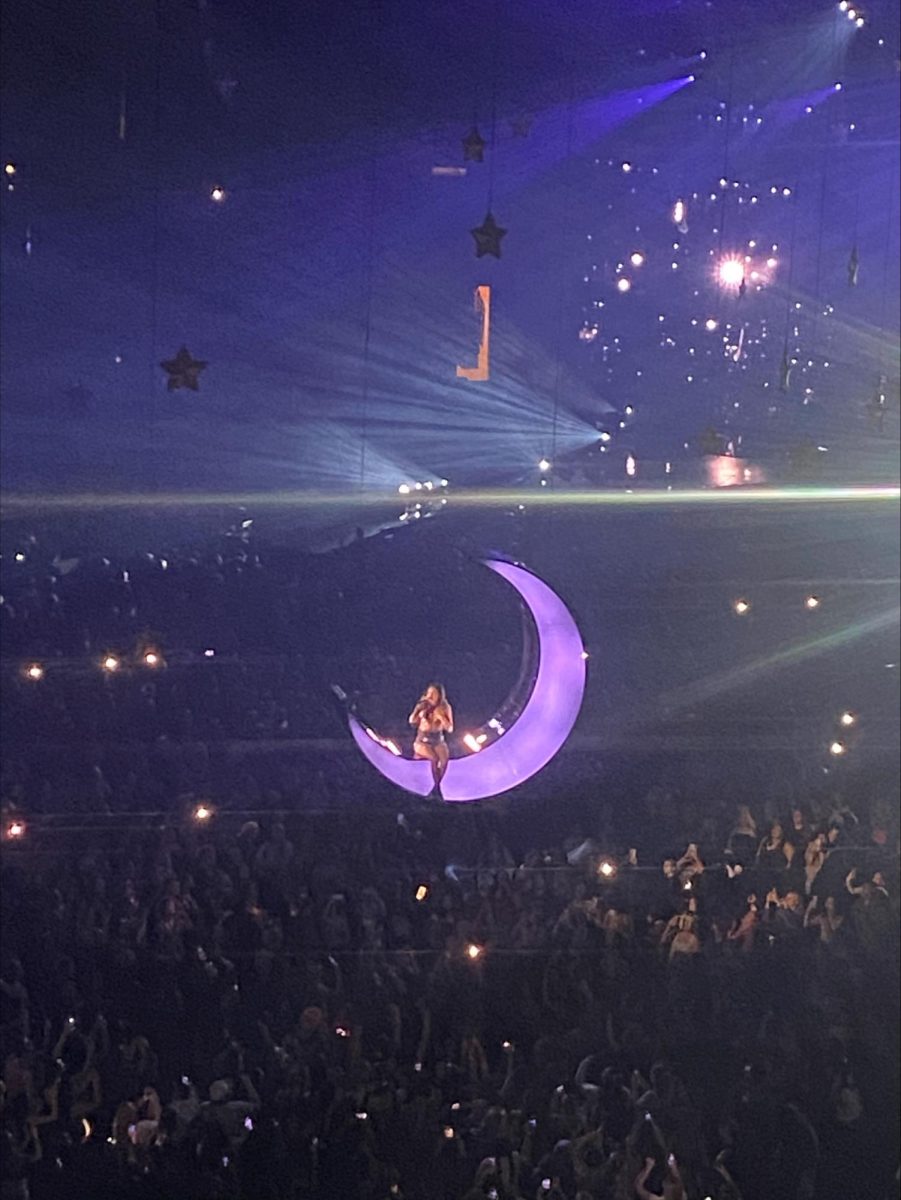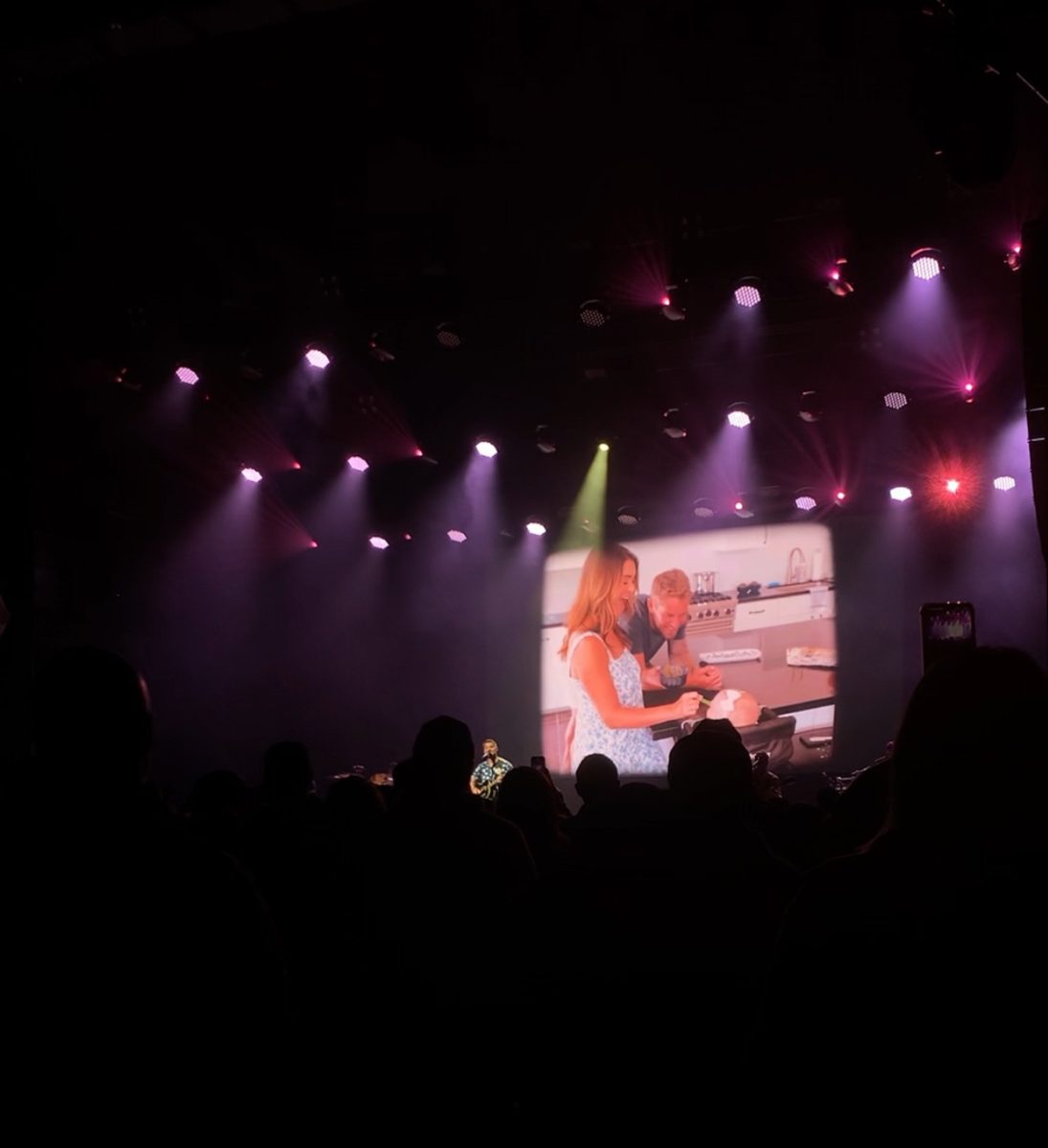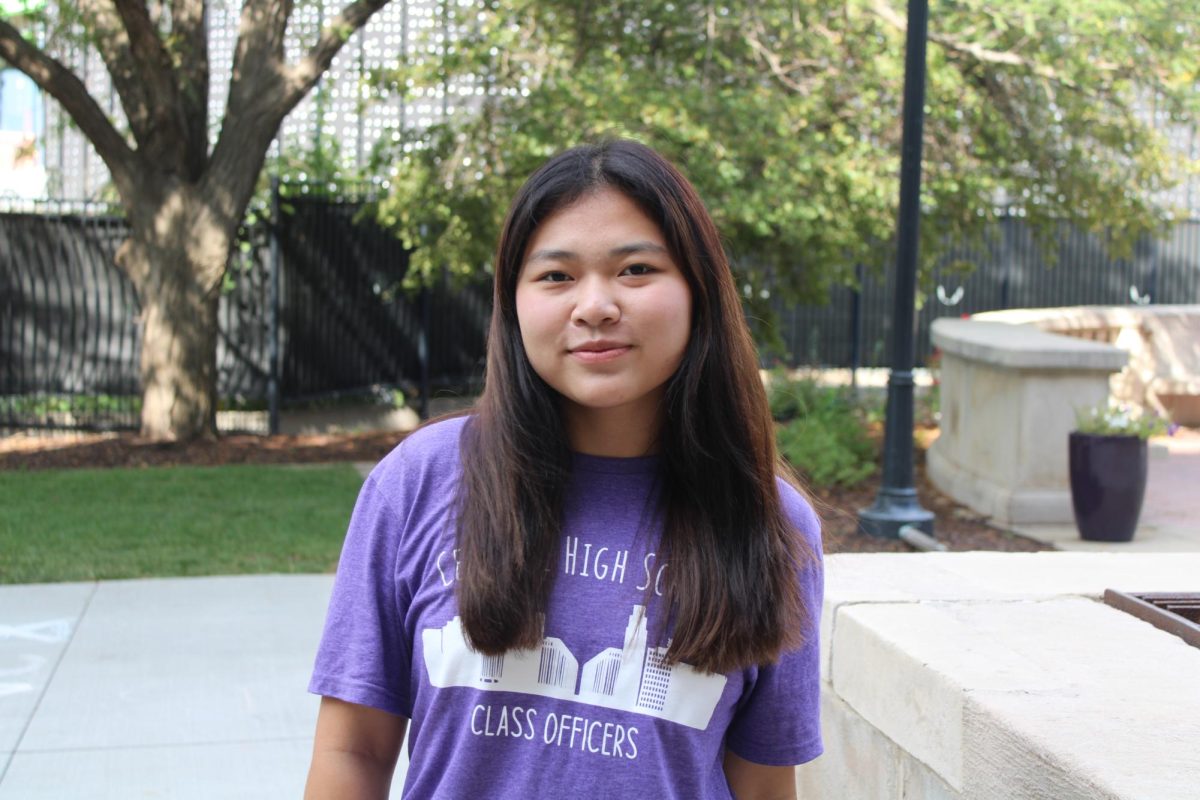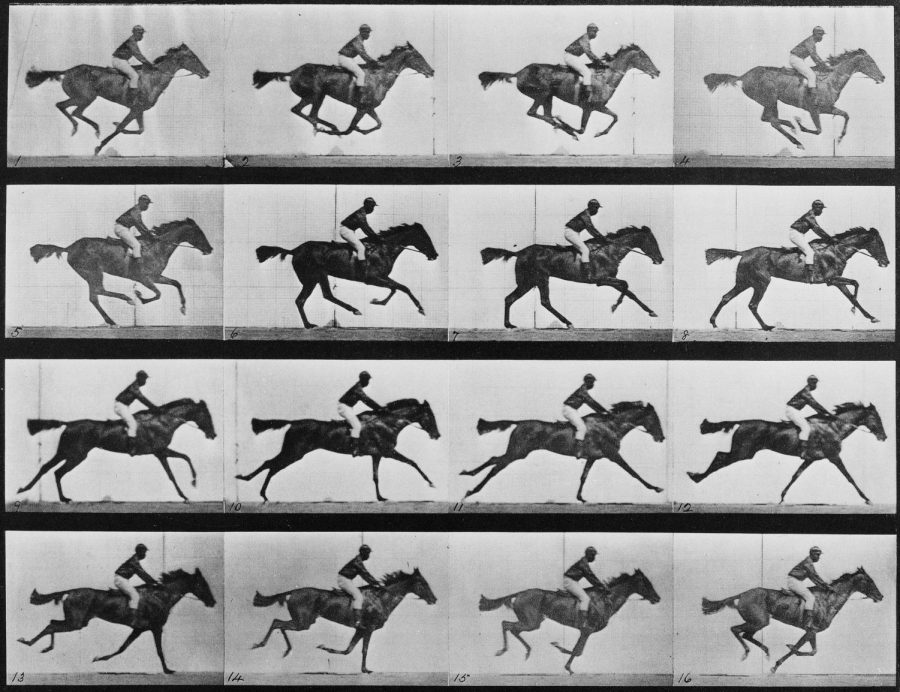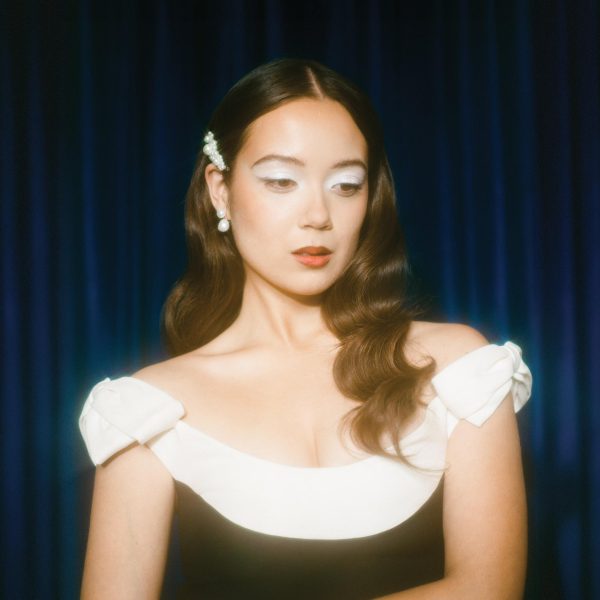The best movies of 2022
The Movies are dead.
I want to be perfectly clear about the intended meaning of this pronouncement. By “The Movies,” I am not referring the medium of film, a continuously evolving and proliferating art form which will doubtless outlive us all, but to the hallowed space that motion pictures have occupied in American society for almost a century. Ever since the rise of the Hollywood studio system in the 1920s, movies have been as much a cultural institution as an art form, one whose commercial viability and critical respectability was unrivaled by any other creative medium. This wasn’t just an art form, it was the art form.
The inevitable decline of film’s cultural and financial supremacy began in the 1960s with the near universal adoption of the television by consumers, and continues on to our brave new world of streaming media. But the cinephiles who flood the web with anxious and contradictory think pieces lamenting the death of cinema are mistaken to conflate dwindling box office returns with a tarnishing of the medium itself. Cinema is alive and well, and one only needs to look at the many wonderful movies released last year to see as such. The following is a somewhat arbitrarily ranked list of my favorite movies of 2022:

10. “Triangle of Sadness”
Upon my first viewing of Ruben Östlund’s film festival favorite, I thought it was frustratingly clumsy. I found its runtime to be excessive, its satire to be heavy-handed, and its characters too comically oblivious to empathize with. On subsequent viewings, however, I realized that the extraordinary coup that Östlund has executed here runs deeper than the outrageous chaos that unfolds onscreen. “Triangle of Sadness” succeeds most as a subversive work of tone and mood, capturing an unsettling feeling that has become endemic to contemporary life. It’s the sensation of going on with your established routines, attempting to maintain a reassuring structure to your everyday life, just as the whole world feels like it’s collapsing around you. When seen through this lens, the imprecise, absurd nihilism of the movie can be understood as an instinctive response to the abhorrent faults of the rich and powerful and the self-perpetuating oppressions from which their wealth and status is derived.
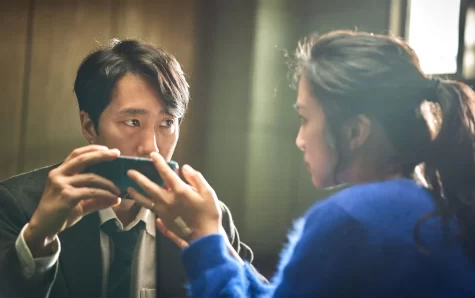
9. “Decision to Leave”
In “Decision to Leave”, Park Chan-wook purposely withholds a grandiose moment of realization, the third act epiphany that seems to be in every noir, from the audience. Such is the tantalizing and serpentine nature of his erotic thriller about two perfectly irreconcilable lovers, one which tantalizes the viewer with its incessant gesturing towards the internal tensions which drive the sordid characters’ actions, while denying us the catharsis we expect. The movie is embellished with so many carefully considered narrative and aesthetic elements that it practically begs for a rewatch to take it all in. It is a dazzling cinematic work, equal parts gorgeous and gripping, seeing Chan-wook and cinematographer Ji-young Kim crafting its imaginative visual style to match the mercurial nature of this cautionary tale about the risks of longing.
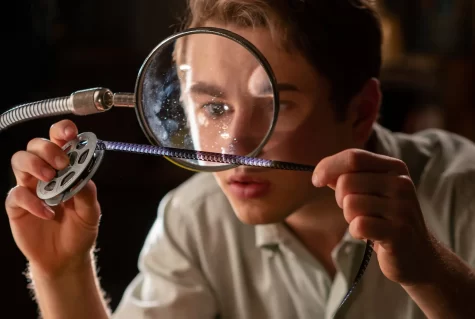
8. “The Fabelmans”
If Steven Spielberg were to never sit behind a camera again, he could do so secure in the knowledge that in the final moments of his Herculean career, he still had the cinematic magic that has mesmerized moviegoers for the last 50 years. Spielberg’s most viscerally personal work, “The Fabelmans” exists somewhere between fact and fiction, an aptly restrained and vividly introspective look at his childhood torn between his obligations to his family and his burgeoning love of filmmaking. In this self-aware reflection on his own coming-of-age, Spielberg recreates his earliest experiences with cinema, and unravels how the emotional turmoil of his youth molded him into the greatest showman on earth. This emotional intimacy is flawlessly maintained by the cast, with each actor bringing a distinct sense of depth and complexity to the characters they portray. It’s a therapy session in movie form, as evocative, exacting, and utterly captivating as anything in Spielberg’s filmography.
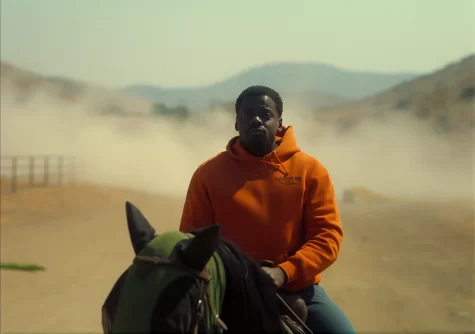
7. “Nope”
Since his great transition from television funnyman to horror director, Jordan Peele has established himself as a biting social satirist, deftly able to dramatize the invisible inequalities and pervasive social ills underlying every aspect of modern society. In “Nope,” the social critique Peele offers is as prescient as ever, but its execution is far subtler, leaving the audience to parse out its sweeping ethical and philosophical implications for themselves. It is a riotously entertaining piece of blockbuster cinema, one whose impeccably maintained atmosphere of suspense surreptitiously builds a sense of dread that begins to echo far beyond its frames. It is a movie fundamentally at tension with itself, a breathtaking spectacle about the horrors of a society obsessed with spectacle. I sympathize with those who went in expecting a more concise social commentary and were confused by this quiet exploration of an elusive duality. But for me, a social critique which provides no real answers to the questions it begs, but wrestles with them nonetheless still provides immensely valuable insight.
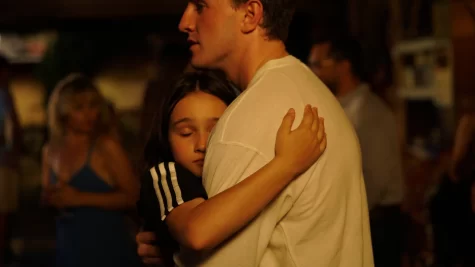
6. “Aftersun”
When seen through the lens of our own memory, the moments in time that once seemed to be just another part of ordinary life come to possess a deeper meaning. The dramatic masterstroke of Charlotte Wells’ “Aftersun” is how it assembles the words and images to capture this nebulous yet universal feeling, accruing an emotional poignancy that lasts long after the credits roll. It is an abstract, impressionistic piece of cinema, one which reclaims the medium’s dormant potential to operate within the dream-like realm of the subconscious. The story being told here is incredibly specific to Wells’s experiences, but the gaps left in the narrative allow the audience to draw parallels to their own lives. Subsequent viewings of this movie have only increased my appreciation for the precarious feat that Wells has executed here, one which is not merely about how we remember those we have lost, but also conceives a visual language that tenuously recreates the immersive quality of those memories.
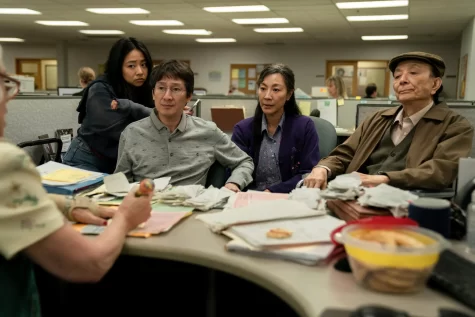
5. “Everything Everywhere All At Once”
“Everything Everywhere All At Once,” Daniel Kwan and Daniel Scheinert’s genre-bending multiverse fantasy, feels like the beginning of a new phenomenon. It is one of the only pieces of art I have ever experienced which successfully captures the bizarre, unplaceable feeling of being chronically online in 2022. It is a glorious, fractal, and stylistically insane extravaganza, one which artfully balances the comic antics of an interdimensional adventure with the sincere emotion of a family drama. It is this balancing act that allows the Daniels to explore both the existential nihilism of Gen Z and the generational trauma of Asian Americans so pensively, endearing this outlandish indie movie to mainstream audiences. I often think about the moment in the second chapter, when Evelyn retreats into a dimension where human life never developed. In the midst of the hyperactive abundance of the movie’s action, this scene is conspicuously and deafeningly silent. It’s a thematic beat that resonated deeply with me, one which acknowledges that when life in the digital age becomes too overwhelming, we must disconnect from the infinite noise of the internet and reconnect with ourselves.
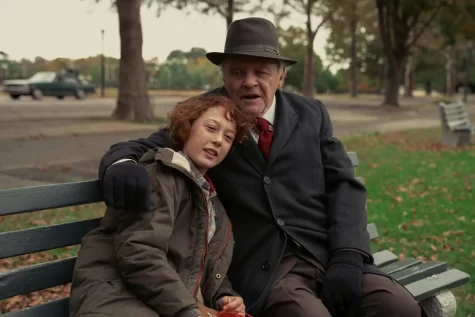
4. “Armageddon Time”
The preeminent trend in cinema this year was filmmakers turning inwards, reflectively crafting movies whose dramatic frameworks are derived from memories of their own upbringings and whose lead characters are thinly veiled versions of themselves. What sets James Gray’s “Armageddon Time” well above its semi-autobiographical contemporaries is how it abandons the rose-colored glasses through which most filmmakers see their own past, confronting head on the grave inequalities and moral compromises that shaped his childhood in 1980s New York. The movie’s forthright and occasionally comedic tone obscures the melancholic tragedy at its heart, one which laces the nostalgic yearning to return to childhood innocence with the earnest regrets of youthful transgressions and their lasting effects on others. Through Gray’s nuanced examination of his own privilege, he draws shockingly relevant parallels between then and now, repudiating the political refrain of returning to a glorious past by illustrating that such a thing never existed in the first place.
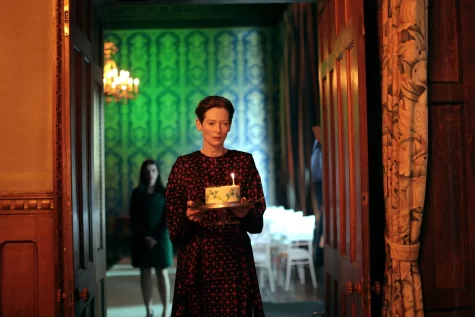
3. “The Eternal Daughter”
The stark emotional insight of Joanna Hogg’s movies lay in the sparseness of their plot and settings. If you ever find yourself, as I have, in the unenviable position of having to explain the British filmmaker’s groundbreaking work to someone unfamiliar with it, you will find it an excruciatingly difficult task to summarize what any of her movies are “about” precisely. But it’s this disregard for the established norms of narrative art that allows Hogg to transmute something deeply personal, her most sincere and intimate ruminations, to the screen. “The Eternal Daughter” is spectral and vaporous, a ghost story that seeks not to frighten the audience, but to quietly coax meaning from the psychological depths of the mother-daughter relationship at its center. The success of this fable belongs as much to Tilda Swinton, whose casting in both of the lead roles is a bona fide triumph. Swinton is a master of her craft, a magnificent chameleon who takes the challenge the movie presents as a demonstration of what she is capable of.
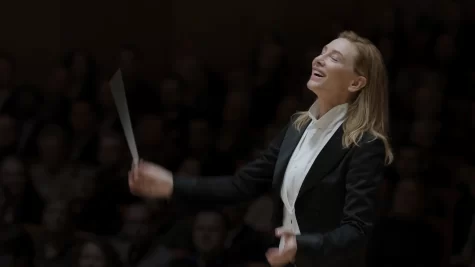
2. “Tár”
There is no such person as Lydia Tár. But one could be forgiven for mistaking filmmaker Todd Field’s ominous, meticulous, and utterly transfixing return to directing for a biopic. Its titular character, a world-renowned composer and effortlessly seductive sociopath, is so terrifyingly realistic and exquisitely suited to the discourse which dominated our culture in 2022, that her nonexistence is a wonder unto itself. The true genius of Todd’s creative vision, however, lies in how he molds the movie around its ferocious antiheroine. Every frame is consciously chosen, and every composition is methodically arranged, establishing a tangible world that gradually echoes the unraveling psyche of its main character. It is a remarkable cinematic feat, one whose success is inseparable from Cate Blanchett’s career-topping performance. The movie is no parable, but instead an interrogation which invites the audience to contemplate their own place in the questions it poses about the ever-changing nature of power in the modern world.
Honorable Mentions:
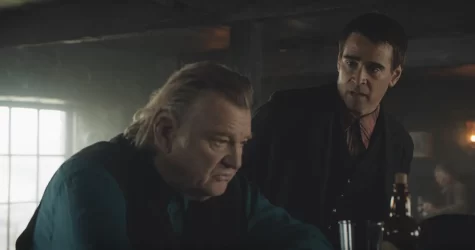
“The Banshees of Inisherin”
In this morbidly hilarious contemplation of male loneliness, writer-director Martin McDonogh eschews formulaic Hollywood screenwriting in favor of a narrative structure as listless as the everyday life of the island community it portrays, an understated approach that yields an unexpectedly touching conclusion.
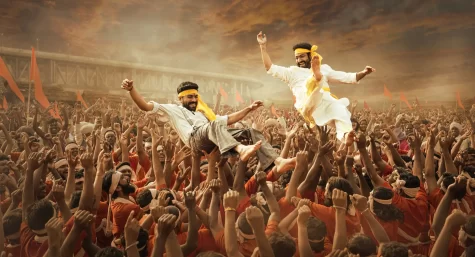
“RRR”
The thrill of witnessing S.S. Rajamouli’s bromantic action epic about two activists fighting British colonial rule in India unfold onscreen lays in how it continually escalates the external and emotional stakes for its characters, crafting a bombastic and achingly sincere blockbuster that feels both intimate and gargantuan in its scope.
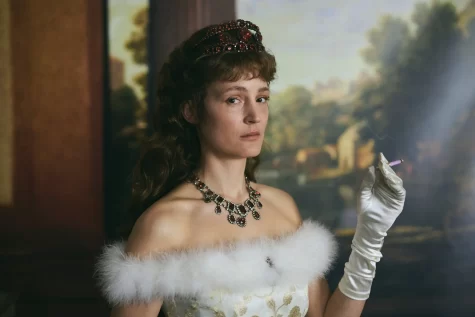
“Corsage”
I can only hope that Marie Kruzier and Vicky Krieps’s complex, vivacious, and delightfully anachronistic look at the life of Empress Elisabeth is a sign of renewal for the static biopic genre, demonstrating that realism and objectivity ought to be thrown by the wayside as soon as the character onscreen becomes more intriguing than the historical figure they are based upon.
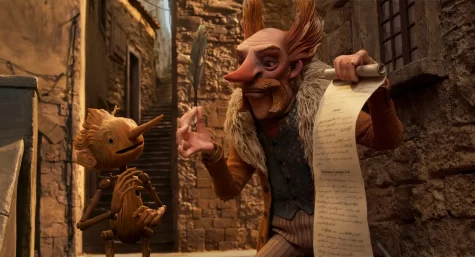
“Guillermo Del Toro’s Pinocchio”
Fashioned from both the wistful melancholy of a mature artist and the wide-eyed adoration of fairy tales that his inner child clings to, del Toro’s harrowing retelling of the timeless fable is a macabre yet heartwarming ode to childhood under fascism, the rare children’s movie that finds hope without shying away from the horrors of mankind.
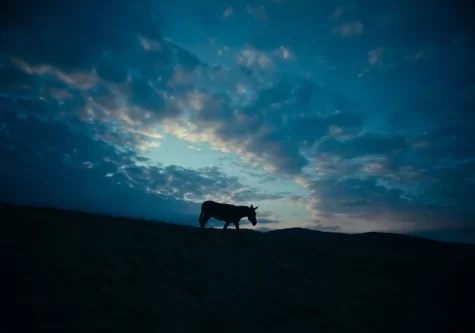
“EO”
The heir apparent to Robert Bresson’s heart-wrenching classic “Au Hasard Balthazar,” Jerry Skolimowski’s luminous movie immerses the audience in the consciousness of its donkey protagonist, crafting an almost hallucinogenic viewing experience that eloquently examines the world in which we live, in all of its beauty and brutality.
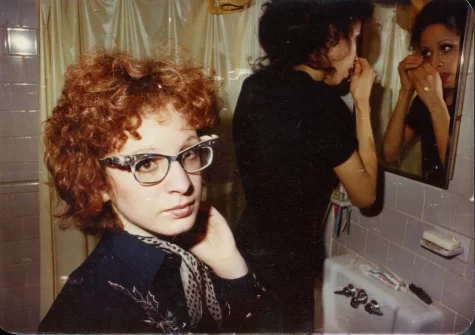
1. “All the Beauty and Bloodshed”
In a year that continued to be marred by the institutional and ecological collapse that has become little more than a fixture of everyday life, I have increasingly experienced the apathy brought on by the severity of the social issues my generation faces as we approach adulthood. Many of the year’s greatest movies sought to address this collective lethargy in some way, yet none did so quite as resplendently as Laura Poitras’s “All the Beauty and Bloodshed,” an exhilarating masterpiece which cuts through our cultural malaise like a proverbial chainsaw. An intensely personal and unpredictably structured portrait of the life of photographer and activist Nan Goldin, Poitras’s documentary is a melding of art, activism, and unbridled rage, and an unflinching testament to the power of all three to enact real, meaningful change.
Your donation will support the student journalists of Omaha Central High School. Your contribution will allow us to purchase equipment and cover our annual website hosting costs.
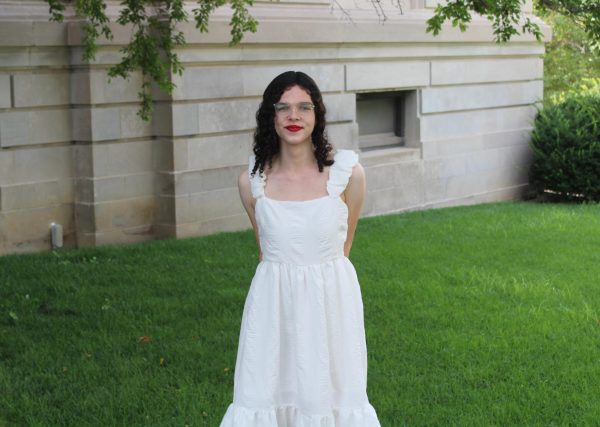
Hello Register readers! I am Jane McGill, and this is my third and final year at The Register. I served as Executive Editor, editing The Register’s...


